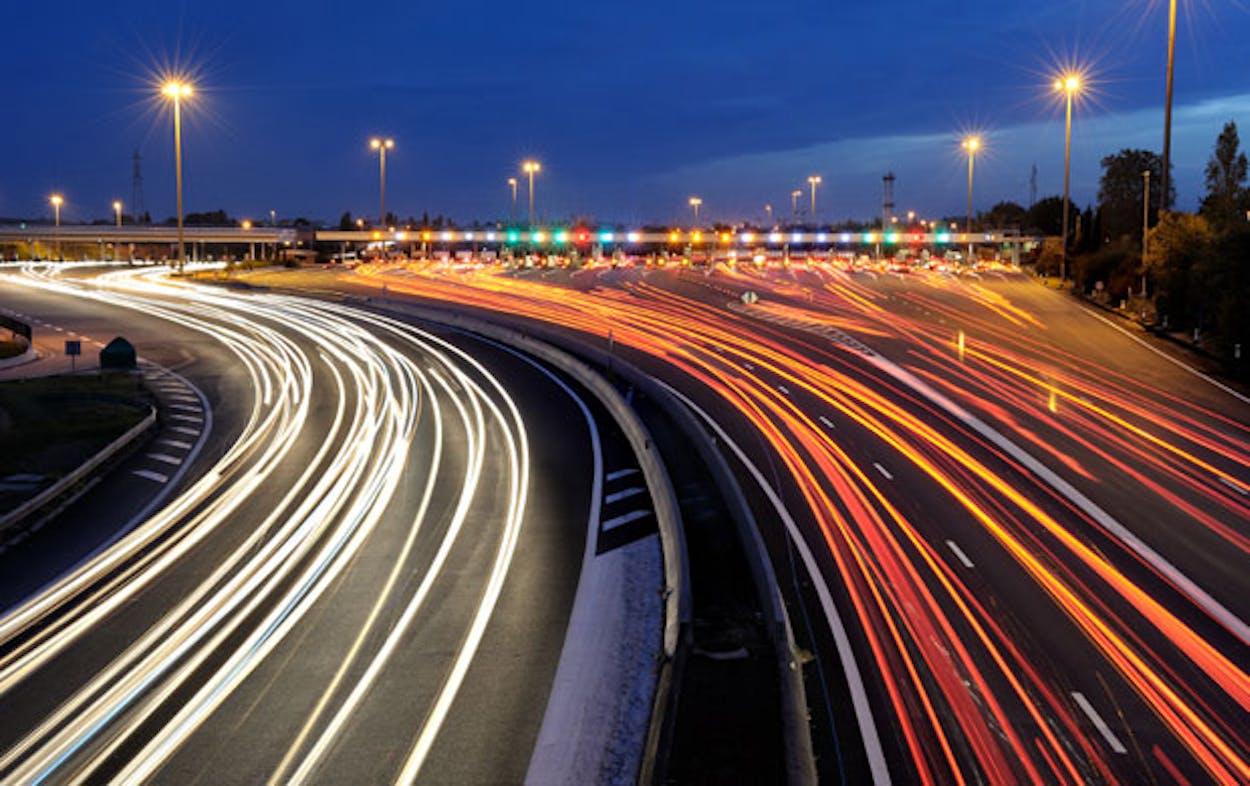When the 41-mile stretch of Texas 130 connecting Mustang Ridge and Interstate 10 at Seguin opens, motorists will be able to speed along at 85 miles per hour, the fastest speed limit in the nation. This Michael Muskal of the Los Angeles Times helpfully notes is “about the speed associated with the winds in a Category 1 hurricane.”
At this speed, a trip on the road will only take 29 minutes, far faster than driving the same stretch on Interstate 35. But is it safe?
“Naturally, some people in the insurance industry are being Debbie Downers about Texas’s awesome new law,” Taylor Berman quipped at Gawker. Sandra Helin, president of the Southwestern Insurance Information Service is not in favor. She told the Times that drivers are likely to drive up to 100 miles per hour on the road and, “[w]hen you get to those speeds, your accidents are going to be a lot worse. You’re going to have a lot more fatalities,” she said.
And the Insurance Institute for Highway Safety’s Russ Rader was of the same mind, telling the Houston Chronicle‘s Carol Christian that “[r]esearch clearly demonstrates the direct connection between higher speed limits and more fatalities. When speed limits go up, deaths on those roads go up. When speed limits go down, deaths on those roads go down.
State coffers stand to benefit from the higher speed limit, AP reported:
The Texas Transportation Commission, which is appointed by Gov. Rick Perry, approved the 85 mph speed limit at a public meeting on Aug. 30. Commissioners would not comment on their decision.
The state contract with the toll operator allows the state to collect a $67 million up-front cash payment or a percentage of the toll profits in the future if the speed limit is 80 mph or lower. At 85 mph, the cash payment balloons to $100 million or a higher percentage of toll revenues.
Texas already allows motorists to drive 80 mph on other stretches of road in West Texas. Utah is the only other state with an 80 mph speed limit.







